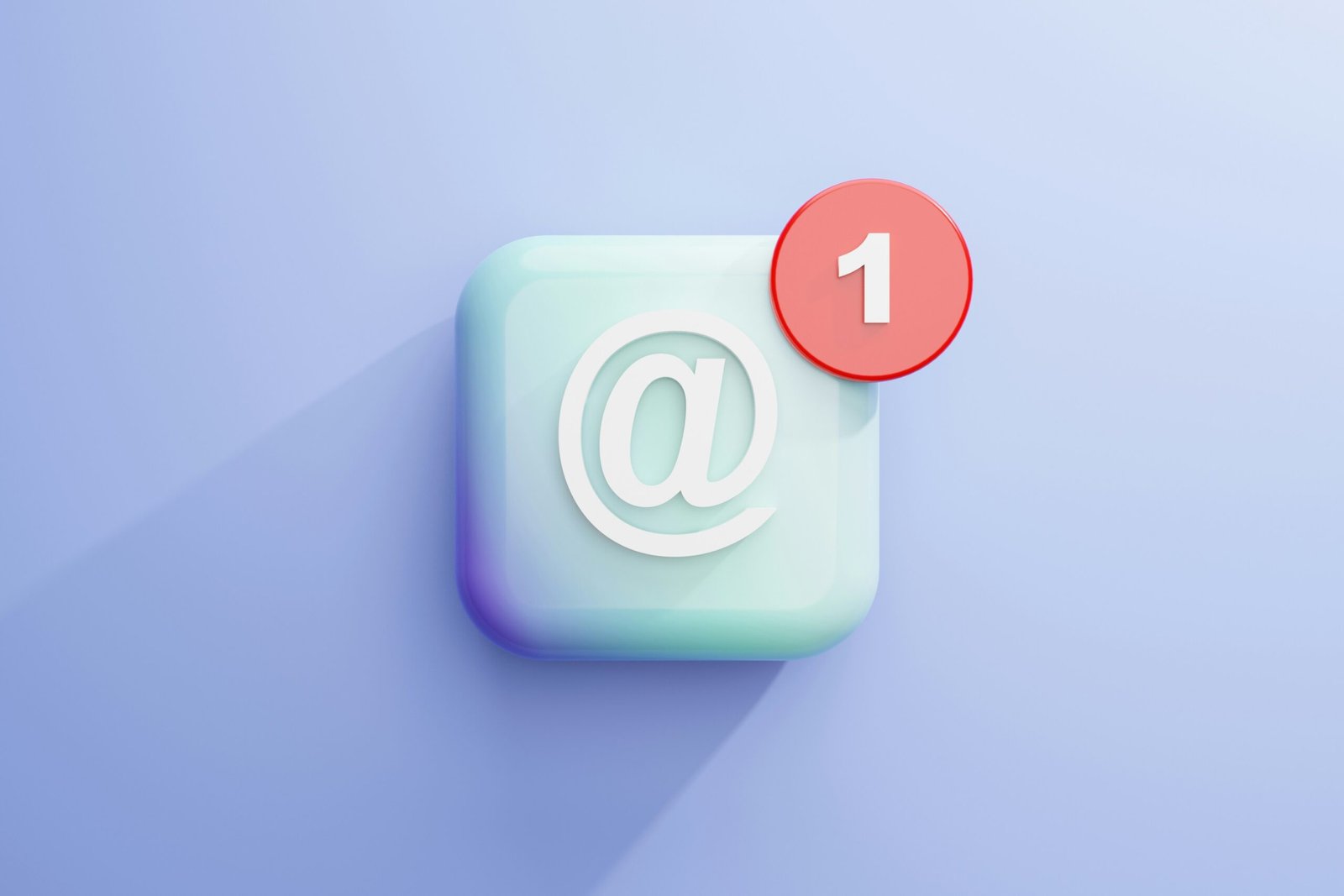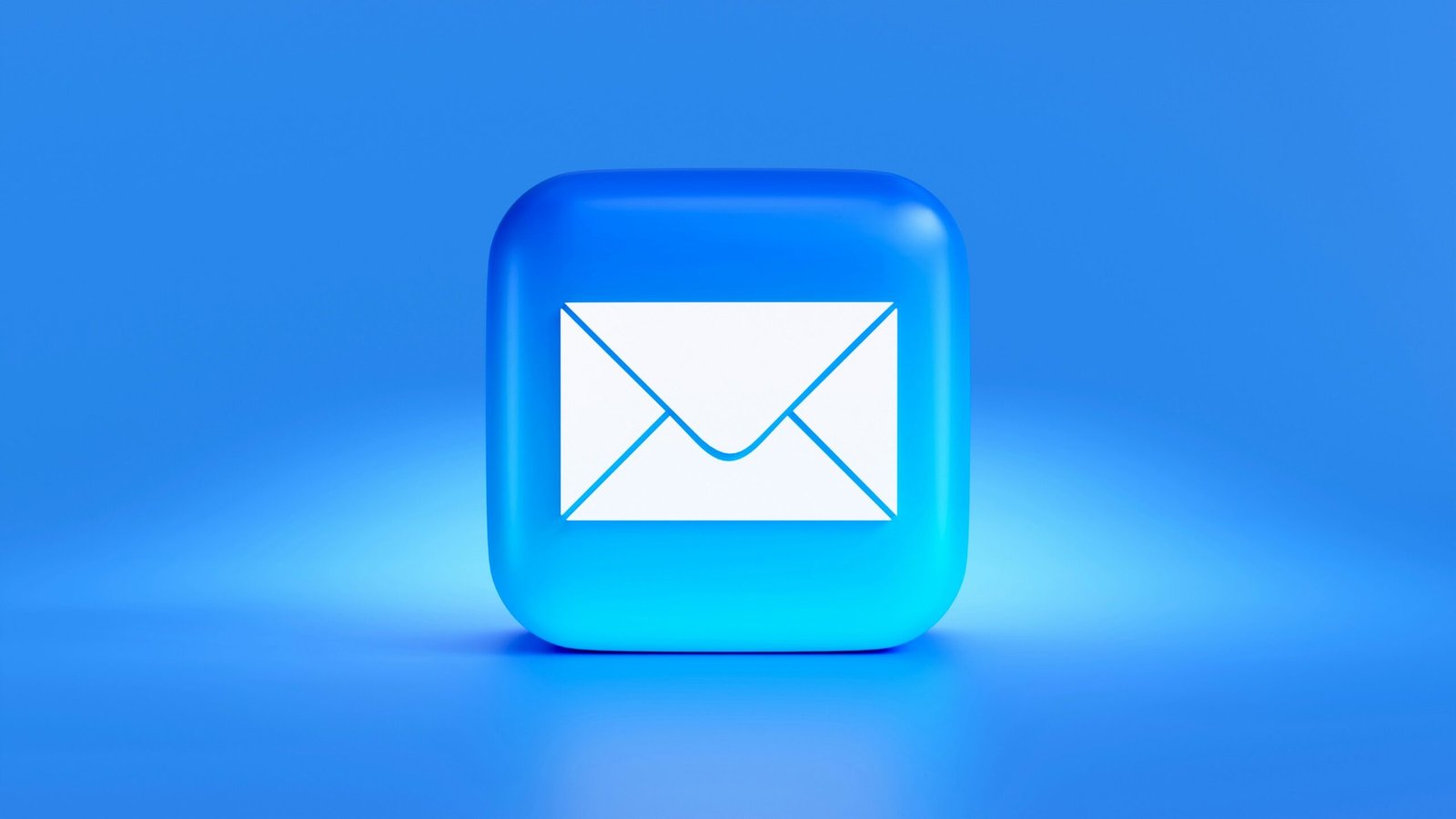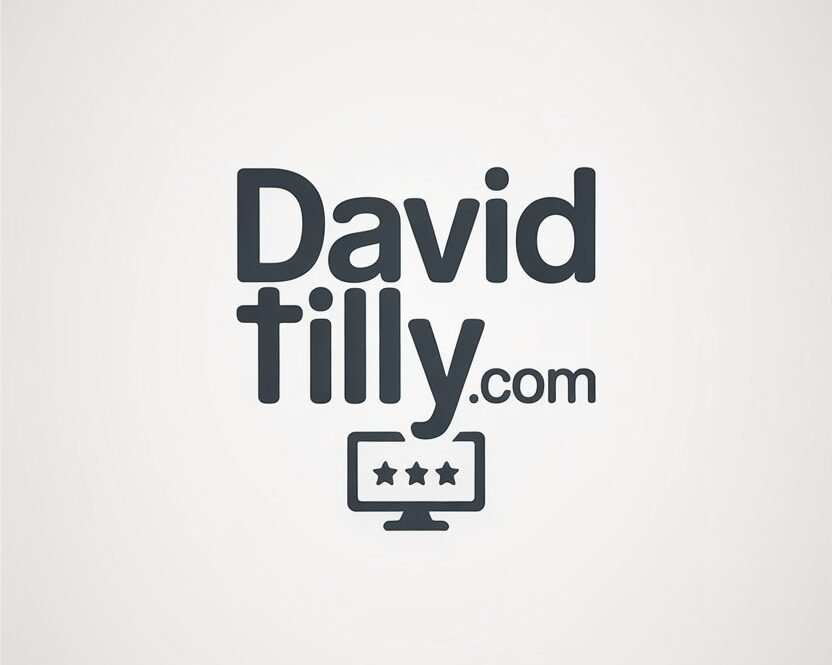Have you ever wondered how you can effectively reach out to potential clients without spending a fortune on email marketing tools? Cold emailing is a cost-effective way to engage with new prospects, but finding the right software can be daunting, especially when you’re on a budget. In this friendly guide, we’ll dive into the exciting world of free cold email software, ensuring you have all the tools you need to master your email outreach without breaking the bank.

This image is property of images.unsplash.com.
What is Cold Emailing?
Cold emailing is the process of sending unsolicited emails to individuals who do not yet have a relationship with your business. It’s akin to cold calling but less intrusive and more scalable. Businesses use cold emailing to connect with potential clients, investors, or partners, introducing them to their products or services. However, cold emailing requires a careful approach to avoid being perceived as spammy.
Benefits of Cold Emailing
Cold emailing can be a powerful tool for growth if used correctly. Here are a few reasons why it’s worth considering:
- Scalability: Unlike traditional methods, cold emails can be sent to hundreds or thousands of prospects effortlessly.
- Cost-Effective: With the right software, cold emailing can be a low-cost marketing strategy.
- Building Relationships: Well-crafted emails can open doors to new business opportunities.
Key Features to Look for in Free Cold Email Software
Finding the right software can make all the difference in your cold emailing efforts. Here’s what you should look for:
- Automation: Allows you to schedule and send emails automatically, saving time.
- Personalization: Personalizing emails can significantly increase response rates.
- Analytics: Provides insights into open rates, click-through rates, and overall engagement.
- Templates: Useful for quickly drafting professional emails.
Top Free Cold Email Software Options
Here, we will break down some of the best free cold email software options available, providing you with a solid starting point in your search for the perfect tool.
1. MailChimp
MailChimp is widely known for its user-friendly platform and robust features. Though primarily designed for bulk emails, it also serves well for cold emailing.
- Free Tier Limitations: Allows up to 2,000 contacts and 10,000 emails per month.
- Features: Automation, basic analytics, and customizable email templates.
- Best For: Small businesses starting with email outreach.
2. SendinBlue
SendinBlue offers a competitive free plan perfect for beginners in email marketing. It combines email marketing with SMS capabilities.
- Free Tier Limitations: Send up to 300 emails per day.
- Features: Advanced segmentation, A/B testing, and marketing automation.
- Best For: Businesses that want to integrate email and SMS marketing strategies.
3. HubSpot Email Marketing
HubSpot provides a free forever plan that includes email marketing as a part of its CRM platform. This tool offers a seamless connection between email marketing and customer management.
- Free Tier Limitations: Includes 2,000 monthly email sends.
- Features: Email tracking, CRM integration, email templates, and analytics.
- Best For: Businesses looking for an integrated CRM and email marketing solution.
4. Zoho Campaigns
Zoho Campaigns offers a simple platform for creating email campaigns. It’s part of the larger Zoho suite of business applications.
- Free Tier Limitations: Up to 12,000 emails per month for 2,000 subscribers.
- Features: Template editor, automated responses, and detailed reporting.
- Best For: Users of the Zoho suite or those looking for a straightforward email software.
5. MailerLite
MailerLite is known for its simplicity and effectiveness. It’s ideal for beginners who need an easy-to-use platform with essential features.
- Free Tier Limitations: Up to 1,000 subscribers and 12,000 emails per month.
- Features: Drag-and-drop editor, automation, landing pages, and pop-ups.
- Best For: Startups and freelancers looking for a basic email marketing solution.

This image is property of images.unsplash.com.
Creating an Effective Cold Email Campaign
Choosing the right tool is just the start. Your success in cold emailing depends largely on how you use these tools. Here are some tips to create an effective cold email campaign:
Crafting a Compelling Subject Line
Your subject line is the first thing your prospect sees, so it needs to be engaging enough to prompt them to open the email. Aim for clarity, curiosity, and brevity. Personalization can also enhance your open rates.
Personalizing Your Message
Personalization shows that you’ve done your homework and are genuinely interested in a relationship. Use the prospect’s name and reference specific details about their company or industry.
Keeping it Concise
Busy professionals may not have time to read a lengthy email. Keep your message short and to the point while clearly conveying the value you offer.
Including a Strong Call-to-Action (CTA)
Your email should end with a clear CTA, prompting the recipient to take the next step, whether it’s scheduling a call or replying for more details.
Following Up Appropriately
Following up is crucial in any cold email campaign. Be polite and persistent, spacing out your follow-up emails by a few days or a week.
Common Mistakes to Avoid
Even with the best tools and intentions, common mistakes can undermine your efforts. Here are pitfalls to watch out for:
- Overpersonalizing: While personalization is key, overdoing it can seem insincere.
- Neglecting Feedback: Ignoring bounce rates or recipient feedback can derail your campaign.
- Using Spammy Language: Avoid terms that might trigger spam filters or sound promotional.

Measuring Success
Determining the success of your cold email campaign involves more than counting responses. Look for these metrics:
Open Rate
This metric helps you understand how effective your subject lines are. A low open rate might suggest that your subject lines need improvement or that your emails are being marked as spam.
Click-Through Rate (CTR)
Your CTR indicates how compelling your content and CTAs are. Aim for a balance between informative content and persuasive CTAs to enhance this metric.
Response Rate
Ultimately, the goal of a cold email is to elicit some response. Track this to gauge the effectiveness of your message and adjust your strategy accordingly.
Scaling Your Cold Email Efforts
Once you have mastered the basics, consider scaling your cold email outreach. Here are some steps to take:
Segmenting Your Audience
Use segmentation to send more targeted messages that cater to the specific needs or interests of different groups within your audience.
Automating Where Possible
As your efforts grow, automation becomes invaluable. Use your software’s automation capabilities to send drip campaigns, follow-ups, and personalized sequences.
Regularly Reviewing Performance
Set aside time to review your campaign performance regularly. Analyze the data and tweak your strategy based on past results.

The Future of Cold Emailing
With continuous advancements in AI and machine learning, the future of cold emailing looks promising. These technologies will likely provide more sophisticated personalization options and better analytics, further enhancing the effectiveness of cold email campaigns.
Conclusion
Utilizing free cold email software can give your outreach efforts the boost they need while keeping costs down. By understanding your tools and crafting personalized, engaging messages, you’ll be well on your way to creating successful cold email campaigns that foster genuine connections and drive business growth.
Feel free to explore, experiment, and refine your approach to discover what works best for your unique audience. With patience and persistence, you’ll unlock the potential of cold emailing as a vital marketing strategy.

This image is property of images.unsplash.com.

